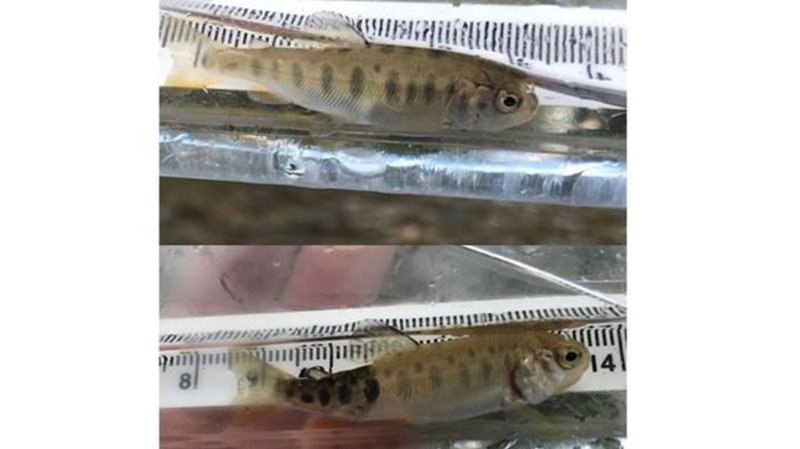
A list of facts about whirling disease found in some national park waterways in B.C.
VANCOUVER — Parks Canada officials have shut down waterbodies in British Columbia’s Yoho and Kootenay national parks after the discovery of whirling disease. Here are some facts about the disease:
— Species susceptible to the disease include cutthroat, rainbow, bull, brown and brook trout, coho, sockeye, chinook and Atlantic salmon and the mountain whitefish.
— The disease is especially deadly for young finfish, with the overall death rate of fry and fingerlings reaching up to 90 per cent.
— Affected fish may whirl in their swimming patterns, they have skeletal deformities and their tail may appear dark.


